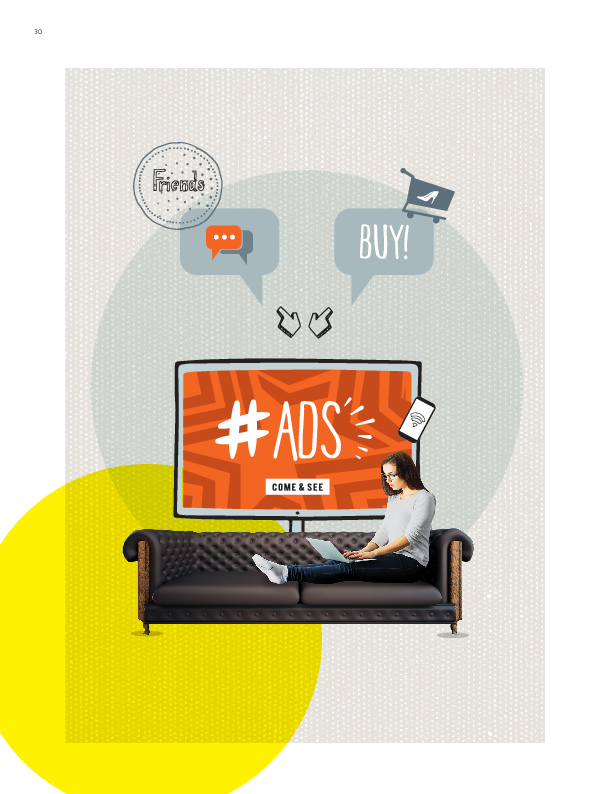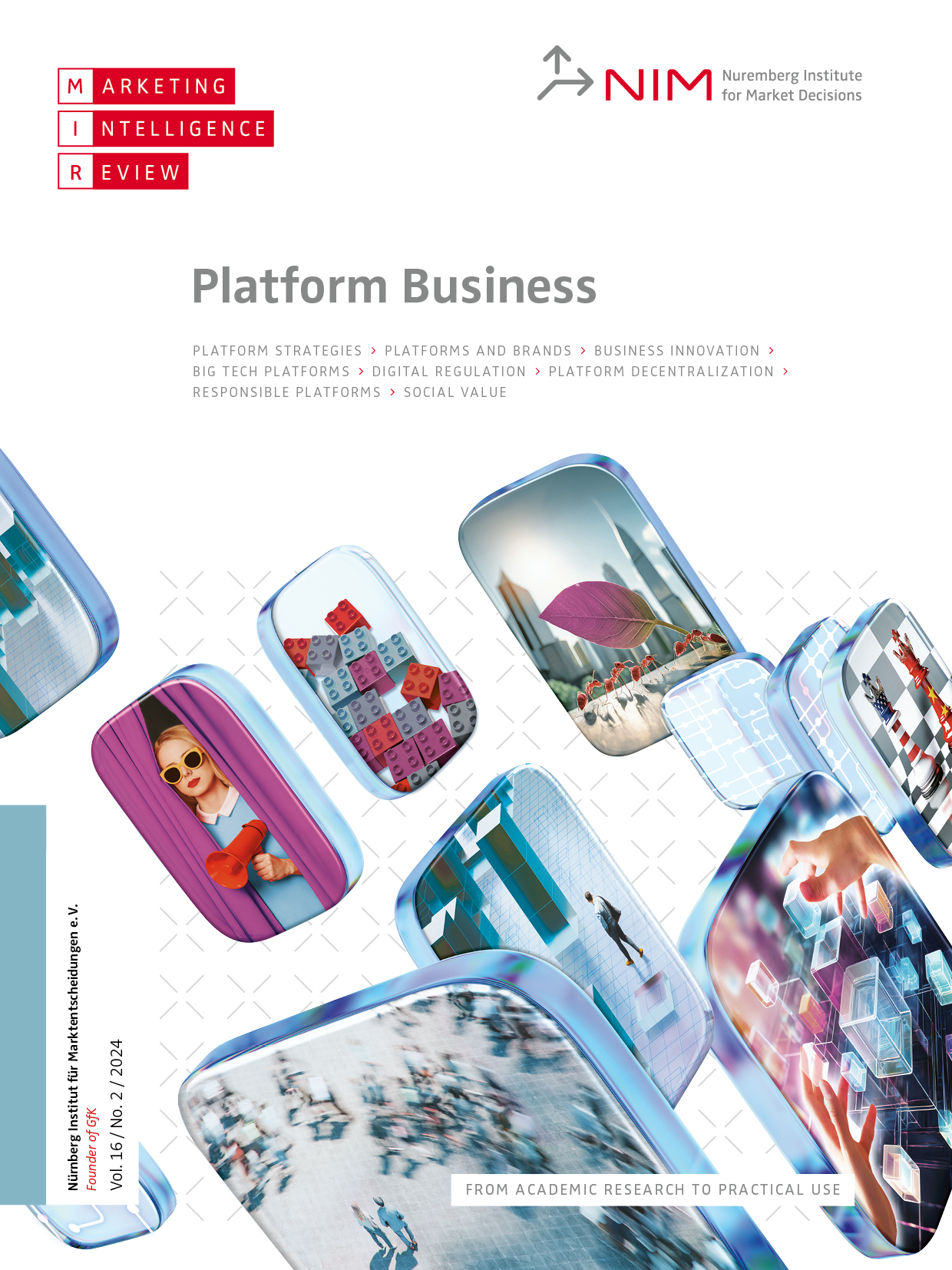Social TV: How Social Media Activity Interacts With TV Advertising
Beth L. Fossen and David A. Schweidel
Social TV is the simultaneous consumption of television alongside social media chatter about the programming. This topic is highly relevant for marketers. Usually it is considered as a bad thing for TV advertisers. While there can be distraction from the ads, marketers can also benefit from positive effects. Consumers’ multiscreen activities can be used to attract more viewers, to leverage TV campaigns and to increase sales. This chatter creates free exposure for the brand online, extends the reach of television ad campaigns to the online space, and offers real-time feedback to advertisers on how their ads are being received.
To take advantage of social TV, marketers need to develop a social media and ad design strategy for TV shows. Not every “social show” is good for them. Many programs receive a high volume of program-related chatter at the expense of advertiser-related word-of-mouth, but some programs generate high levels of online conversations that can also benefit their advertisers. Marketers are well served to identify those programs that are conducive to advertiser-related chatter. Also, specific ad designs can further encourage buzz.

![[Translate to English:] [Translate to English:]](/fileadmin/_processed_/d/0/csm_intro_stephen_vol_9_no_2_deutsch_8b03089d3b.png)
![[Translate to English:] [Translate to English:]](/fileadmin/_processed_/2/0/csm_dubois_vol_9_no_2_detusch_cda04f01bf.png)
![[Translate to English:] [Translate to English:]](/fileadmin/_processed_/6/2/csm_bart_vol_9_no_2_deutsch_6d361b8c97.png)
![[Translate to English:] [Translate to English:]](/fileadmin/_processed_/f/5/csm_andrews_vol_9_no_2_deutsch_4495f2b791.png)
![[Translate to English:] [Translate to English:]](/fileadmin/_processed_/6/2/csm_muchnik_goldenberg_vol_9_no_2_deutsch_cb2bc47aee.png)
![[Translate to English:] [Translate to English:]](/fileadmin/_processed_/3/1/csm_9_2_ahmad_12a9421f04.jpeg)
![[Translate to English:] [Translate to English:]](/fileadmin/_processed_/1/4/csm_kecskes_vol_9_no_2_deutsch_64a08d6206.png)


